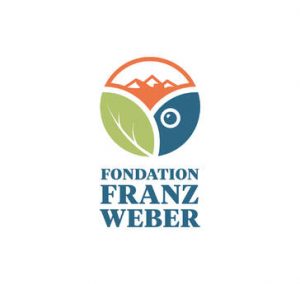By Marco Pani-IWMC
For the second consecutive time a proposal to list in Appendix II of CITES the species of genera Corallium and Paracorallium, included in the family Coralliidae, is submitted to the Conference of the Parties to CITES.
This time also the proposal is mainly an anecdotic summary without real scientific evidence that these species are threatened with extinction by international trade.
FAO, which is requested by the text of the CITES Convention to evaluate the proposals concerning marine species, concluded again that these species are not meeting the listing criteria and IUCN, a leading conservation organization, reached the same conclusion in its analysis.
This is not surprising for people familiar with the biology of and trade in these species because, despite a long history of exploitation, they are still very common in their range, both in the Mediterranean Sea and in the Pacific Ocean.
As a matter of fact and without taking into account scientific evidences the proposal arose from some NGOs, which started campaigns some years ago against the use of these precious corals with the essential aim to raise money for their own interest rather than the interests of the conservation of the species. Interestingly, the main donor of these NGOs is a renowned jewellery company that seems to be contributing to a large extent to the devastation of the sea bottom in west and southern Africa trough underwater dredging for diamonds.
It is our views that under no circumstances could or should CITES replace a sound management regime for fisheries. Control of international trade, as CITES implies, must not be considered as more than an additional measure that could be valid in specific conditions. CITES will not correct bad fisheries management. Conversely, good fisheries management does not need, in most cases, trade controls as those provided by CITES.
One of the main misconceptions that people has is that CITES is a management tool for species. This is wrong. CITES is a trade regulating treaty that imposes specific prescriptions on the trade.
The best solution to achieve proper conservation of precious corals and the continuation of their sustainable trade should be the improvement of local management regimes and associated legislations and not the imposition of trade regulations that would be counterproductive.
View PDF in English.
View PDF in French.
View PDF in Spanish.


